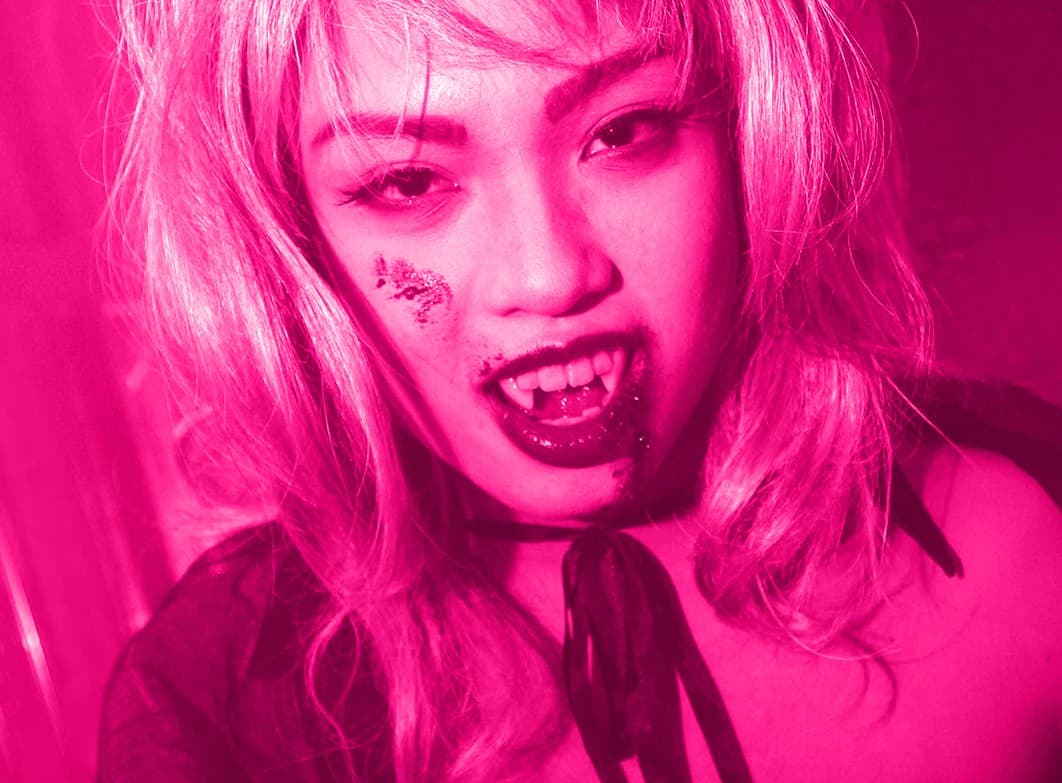

Sex Monsters: Why Are Demons a Queer Fantasy?
The appeal of werewolves, vampires and giantesses or, why I think about myself turning into a demonic dominant and seducing other women.
October 30, 2020


The appeal of werewolves, vampires and giantesses or, why I think about myself turning into a demonic dominant and seducing other women.